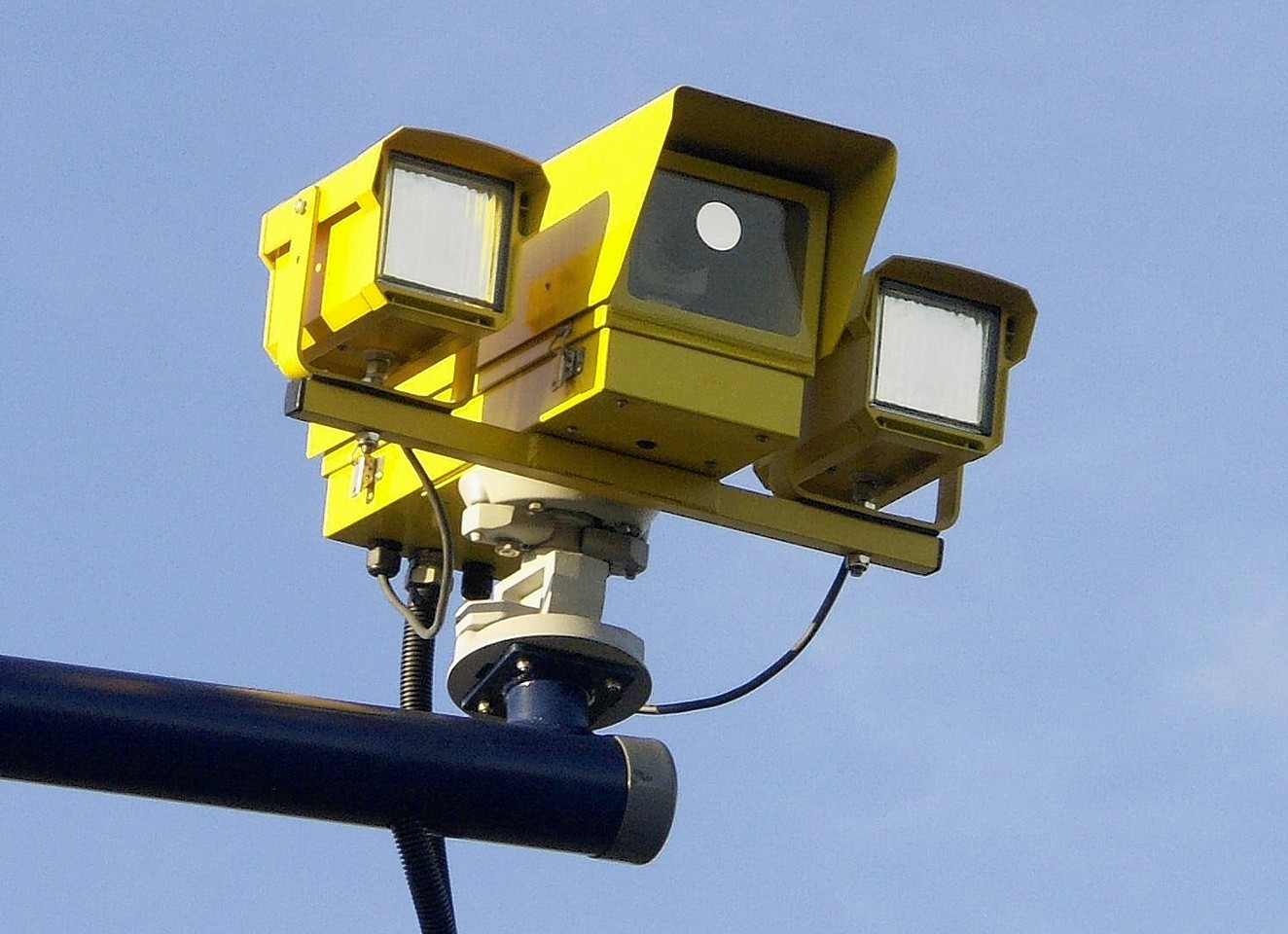Motorcyclists are being warned not to fall into a “false sense of security” when the A9 average camera system is switched on.
With the introduction of the controversial scheme on the notorious A9 Inverness-Perth road just a day away, Transport Scotland has moved to quash some of the myths surrounding the devices.
The cameras will be switched on tomorrow despite a torrent of objections from motorists who claim they will do nothing to improve safety
Residents in the north raised a number of inquiries with the Press and Journal following our series on the cameras in the summer.
One issue causing confusion is whether the cameras will be able to read the number plates of motorbikes.
It was understood that the cameras would face oncoming traffic and use automatic number plate recognition software to record the time that vehicles pass.
Motorcycles have registration plates on the rear.
But Transport Scotland said that bikes will not escape as some cameras have been turned around to be able to read plates of traffic heading away.
One such spot is south of Inverness, near Tomatin.
Mike Burns, who leads the A9 Average Speed Cameras are not the Answer group, said: “Motorbikes can be caught. They should not be lulled into a false sense of security.”
Another belief raised with the P&J is that drivers who pass any one camera while breaking the limit would automatically be fined.
However this too is a myth.
A Transport Scotland spokeswoman said: “Average speed camera systems detect a vehicle entering and leaving the enforcement area and where the average speed of that vehicle exceeds the speed limit an offence is created.”
And there is further confusion from couples who share the driving over a lengthy distance.
One man said: “My wife and I swap over as driver regularly. If we are sent a fine we won’t know who was driving at a specific section, so who will be fined?”
Transport Scotland said that the registered keeper of a vehicle will be informed when an offence is detected.
Under the Road Traffic Act, the vehicle owner is required to say who was driving at the time.
Failure to identify the driver could mean that the owner is prosecuted.
